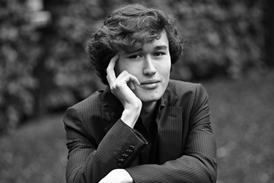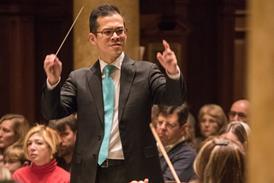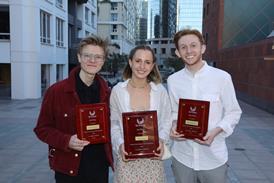The Strad Issue: January 2007
Musicians: Emerson Quartet, Leon Fleisher (piano)
Composer: Brahms
The Emerson Quartet takes a generally severe view of Brahms’s three quartets. From the beginning of the C minor there is a sense of steely purpose, with clipped staccato quavers and a driving pace. The fat vibrato of the violinists brings little in the way of sweetness, and there is an edginess through most of the work, evident in the emphatic phrasing, which is full of little hairpins and accents over and above the many provided by the composer.
The A minor Quartet has a more congenial air, with fluid playing through Brahms’s long, undulating lines and a swing to the second subject of the first movement. The two forte staccato chords which end the movement provide splendid examples of the great echo in the American Academy of Arts and Letters, where the recordings were made, and this echo also proves a feature of the Third Quartet, with its many Beethovenian, even Brucknerian, pauses. The spirit of Beethoven is much evident here, as the Emersons bring their muscular, crisp playing to the cross-rhythms and jagged accents of the first movement. This is another intense performance, enriched by patches of sunlight and magic, as at the shift into D flat near the end of the second movement. In the third movement they manage the happy trick of obeying all the parts of Brahms’s Agitato (Allegretto non troppo) marking and still bringing to it a wonderful one-in-a-bar fluency. The finale, one of the composer’s most inspired variation movements, is full of light and air.
The Piano Quintet is a more relaxed affair, with Leon Fleisher a fine and sympathetic colleague. The players find mystery where many find tragedy in the opening – particularly at its repeat – and the development becomes almost a reverie. Throughout the work edges are rounded and melodies caressed. It is, like all these performances, challenging, sometimes surprising, and deeply rewarding.
TIM HOMFRAY


























No comments yet